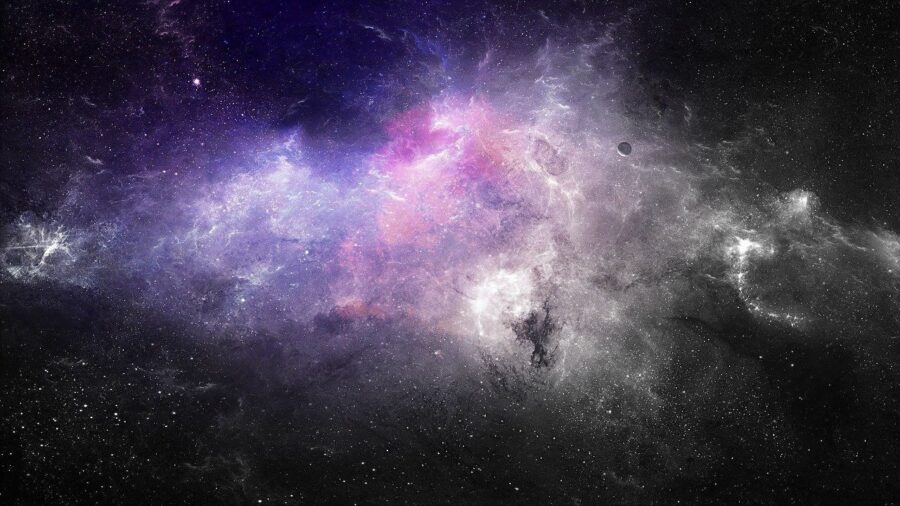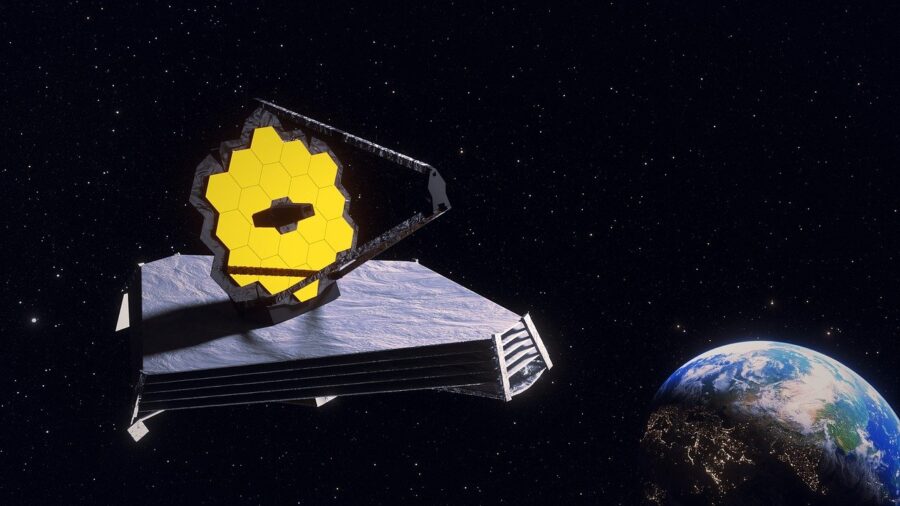Scientists Just Discovered The Furthest Ever Object In Space
Scientists think they've now spotted the furthest object ever recorded in space. Next up is what exactly we are actually looking at
This article is more than 2 years old

As we peer out into the cosmos, into the furthest reaches of the known (and even unknown) galaxies, it stands to reason that we will continue to new objects for the first time. Some will have always been there, while some are still forming, but we are able to “see” well beyond what was conceivable even a few years ago. And now scientists think they’ve found the most distant objects or objects to date in space, trying to sort out what exactly is out there and just how old, or new, these things actually are in the grand scheme of the universe.
Scientists and astronomers from a number of different outfits and initiatives were able to piece together findings from various space telescopes and other detection devices to hone in on a galaxy they are now affectionately referring to as HD1. It’s being theorized that this group of objects is a galaxy around 13.5 billion light-years away (give or take a billion light-years or so). The telescopes involved in the study included the Subaru Telescope, Vista Telescope, Spitzer Space Telescope, and UK Infrared Telescope. According to Live Science, the latter was important because imaging from this distance in determining objects isn’t done in a “normal” way. Instead, it’s basically done by analyzing redshift, or the way light waves react to objects shifting in space. This process helps to make determinations about the actual distance scientists are seeing the objects from the origin. It was this way that these folks were able to determine that HD1 was really (really, really) far away.
At first, when scientists saw the light signatures from HD1, it suggested that they were looking at a galaxy in space that was producing stars at an almost unheard-of rate, maybe something like 100 per year. This would have been pretty far outside of the box even for the most active of galaxies which meant having to rethink what was actually happening. What they deduced, or at least theorized is that these are Population III stars that are thought to have come about near the creation of the universe. That means they are very old, and very far away. Once scientists hit on this as an explanation, it started to make sense that it was more of a distance thing and less of an overall activity and volatility piece. Hence the finding that this HD1 galaxy is the furthest one ever recorded.

As with all things space, time, and distance, it’s going to take a while before anyone is able to fully confirm what’s being seen at the furthest reaches of the universe. It’s still something of a guessing game all told. With more than 1,200 total hours of observation in the books for the first round, things will now turn to the James Webb Telescope to determine what is happening in HD1 and also “when” it happened. The JWTS from NASA has the capability to see further than any other device yet and is sure to dial in on some of these initial findings. It was first launched at the end of last year.












